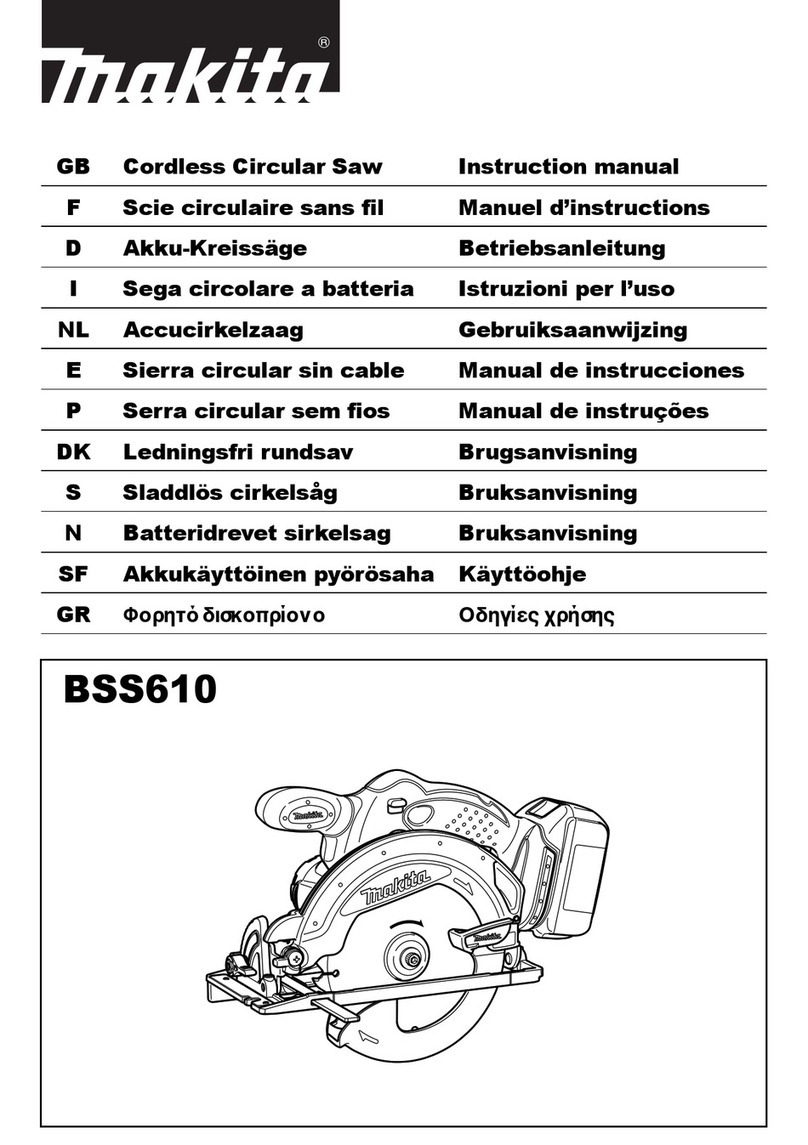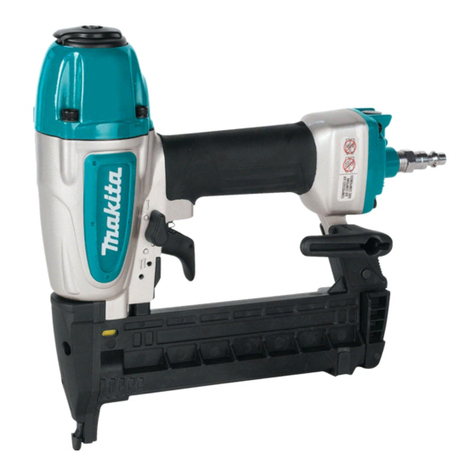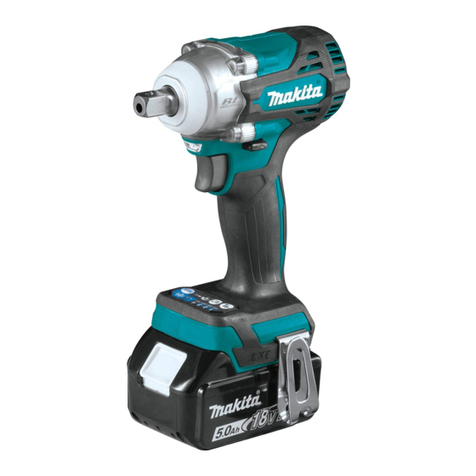Makita JV2000 User manual
Other Makita Power Tools manuals
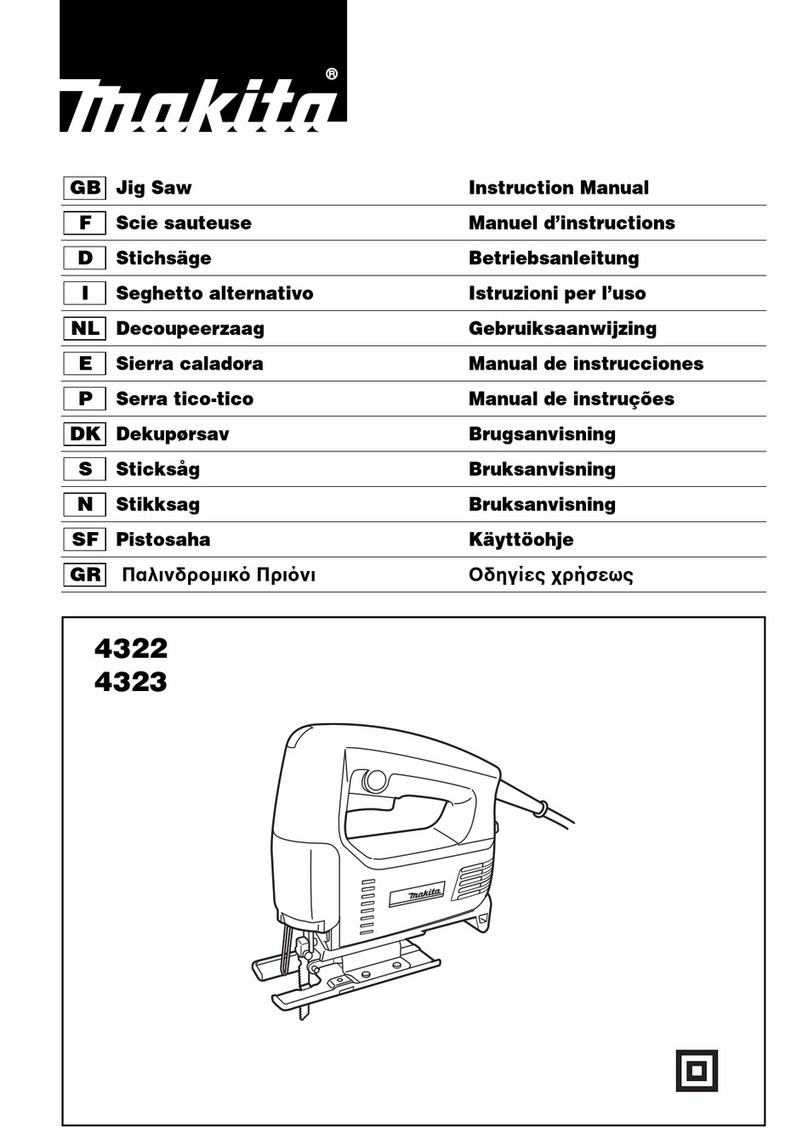
Makita
Makita 4322 User manual

Makita
Makita BHR202 User manual

Makita
Makita DST111 User manual
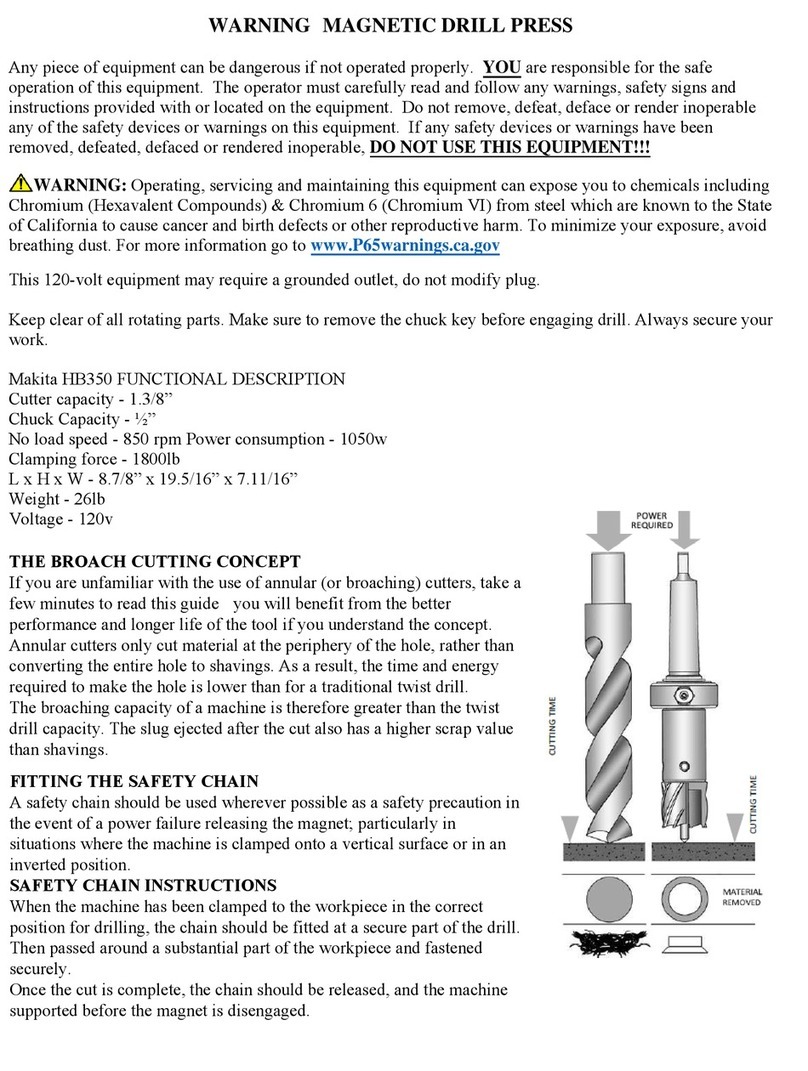
Makita
Makita HB350 User manual
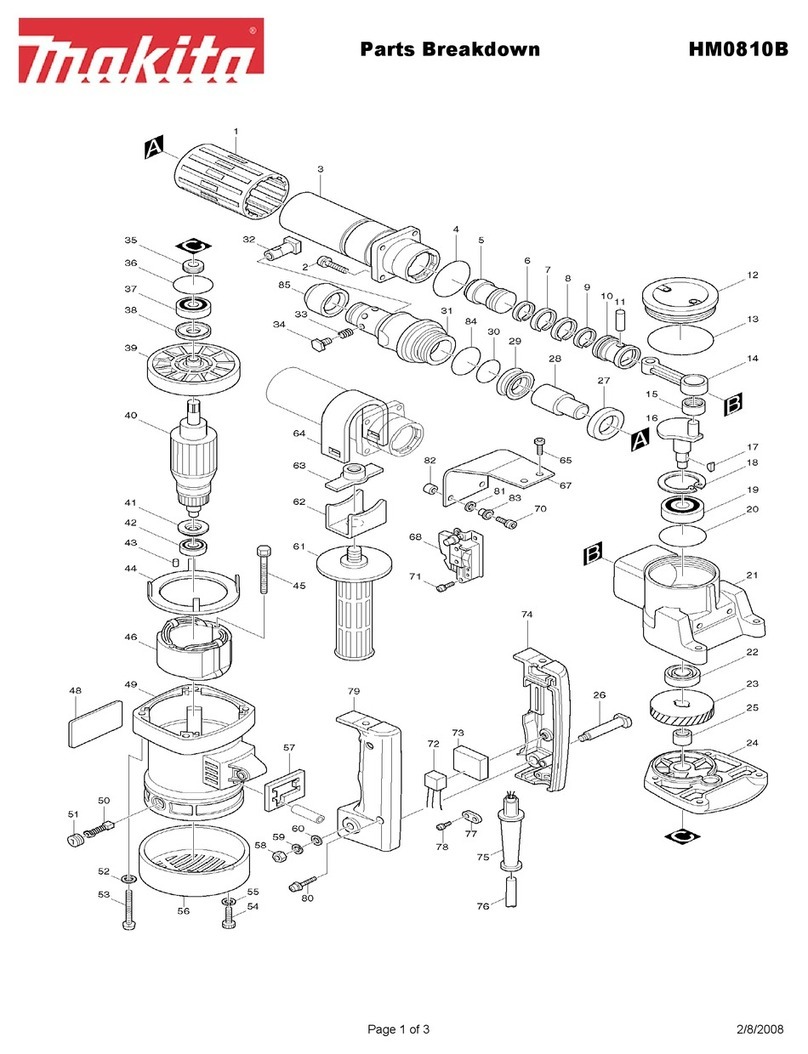
Makita
Makita HM0810B Quick start guide

Makita
Makita 4341CT User manual
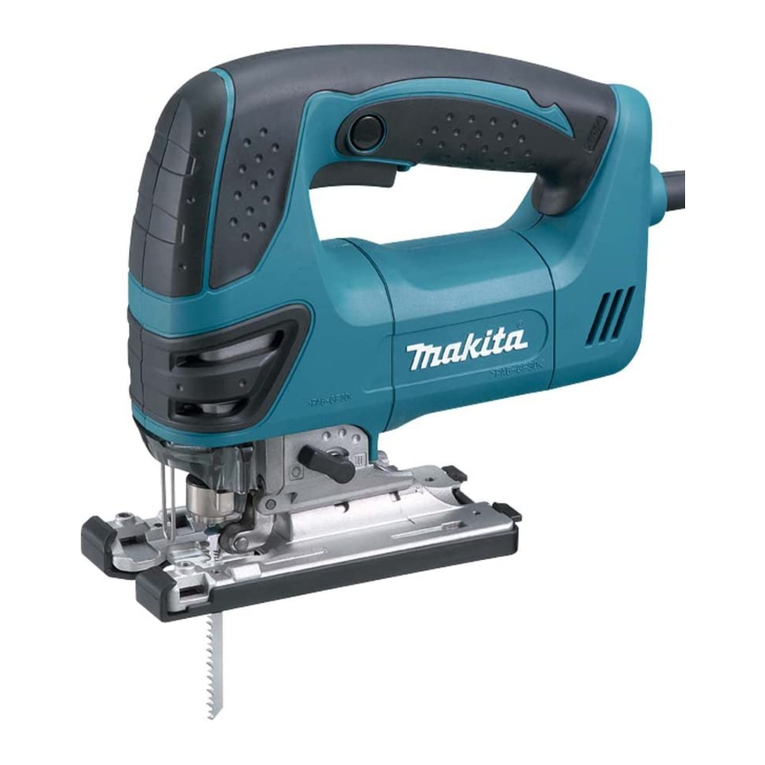
Makita
Makita 4350T User manual

Makita
Makita DJV182 User manual
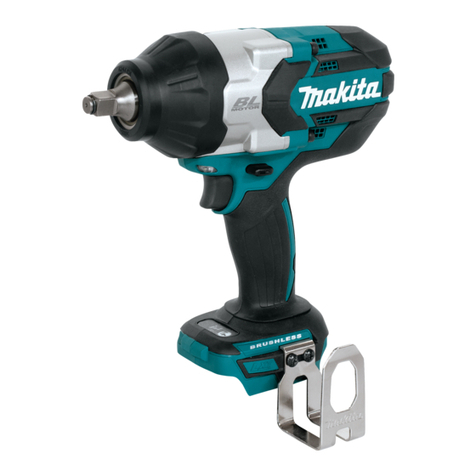
Makita
Makita XWT08XV User manual
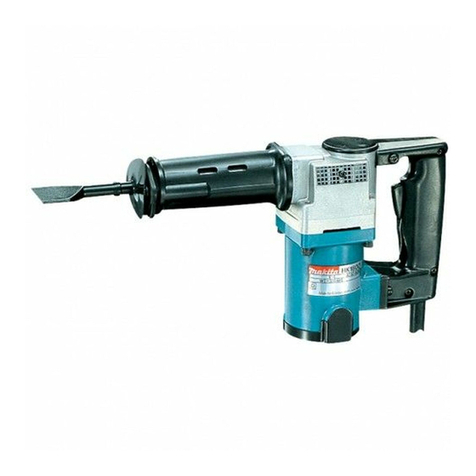
Makita
Makita HK1800 User manual

Makita
Makita HM1140C User manual
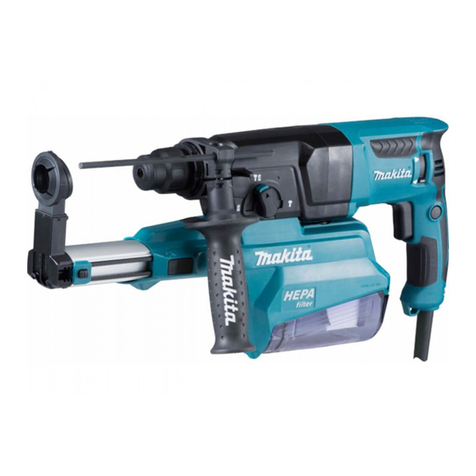
Makita
Makita HR2650 User manual
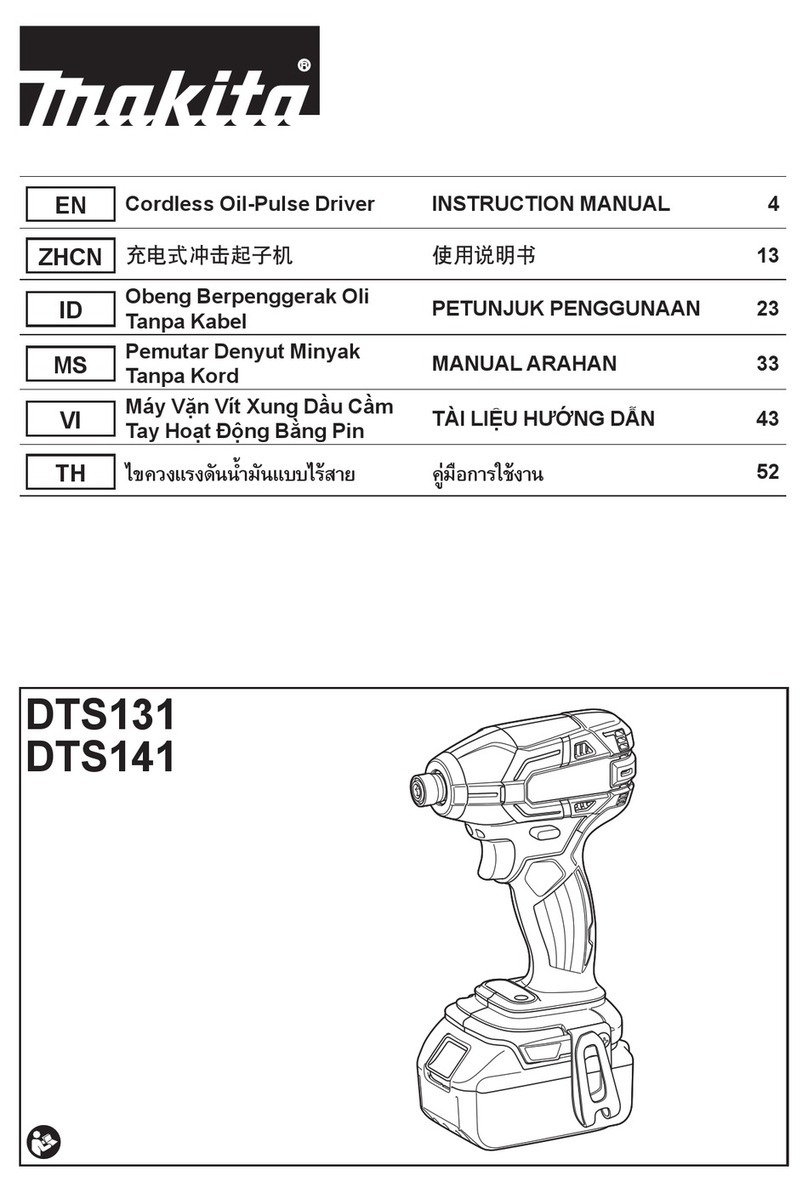
Makita
Makita DTS131 User manual
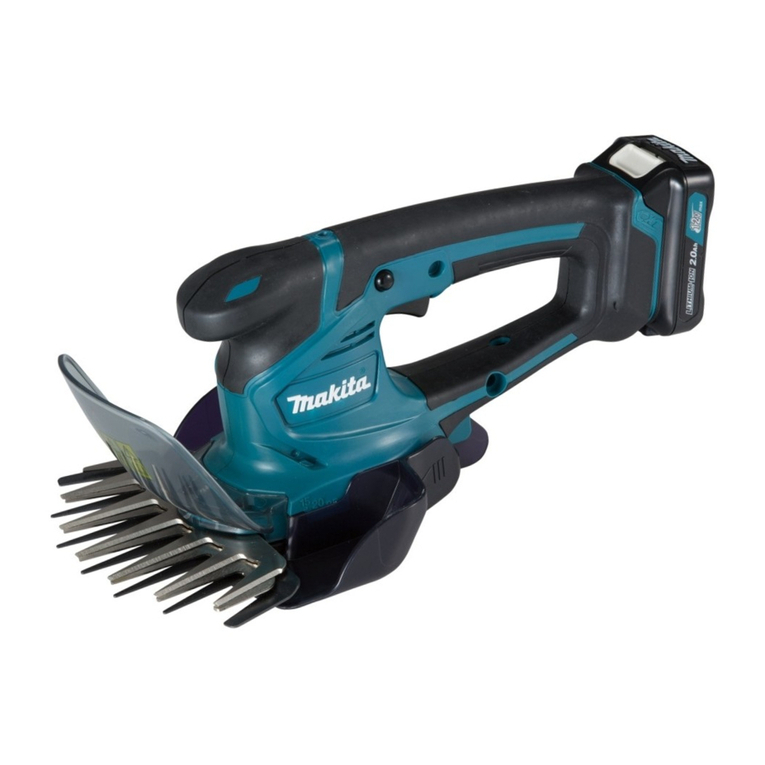
Makita
Makita UM600D User manual
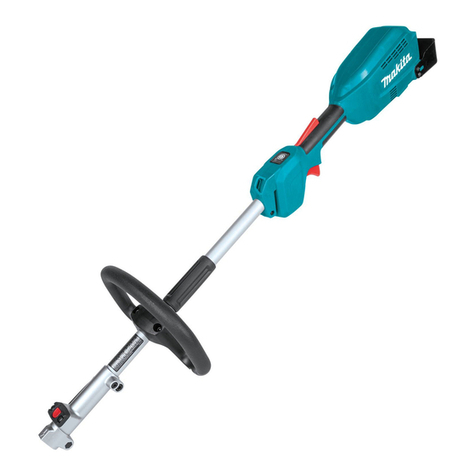
Makita
Makita XUX02 User manual

Makita
Makita 4351T User manual
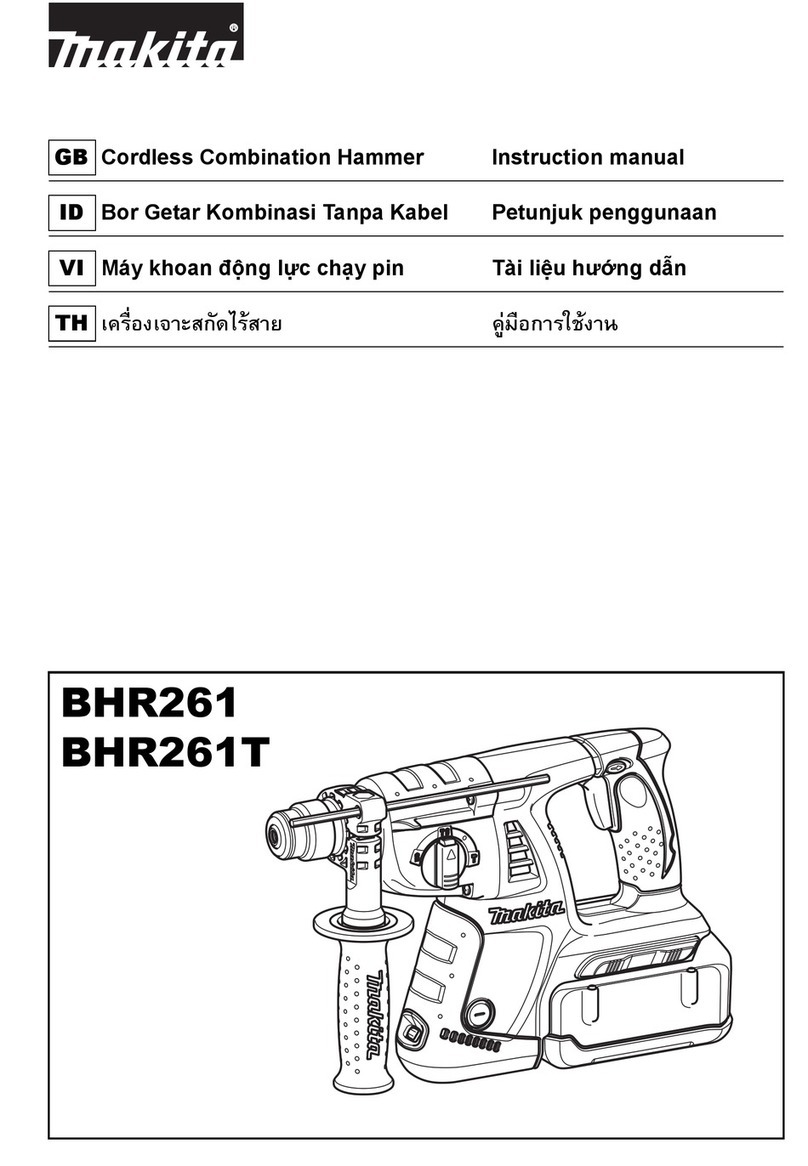
Makita
Makita BHR261 User manual
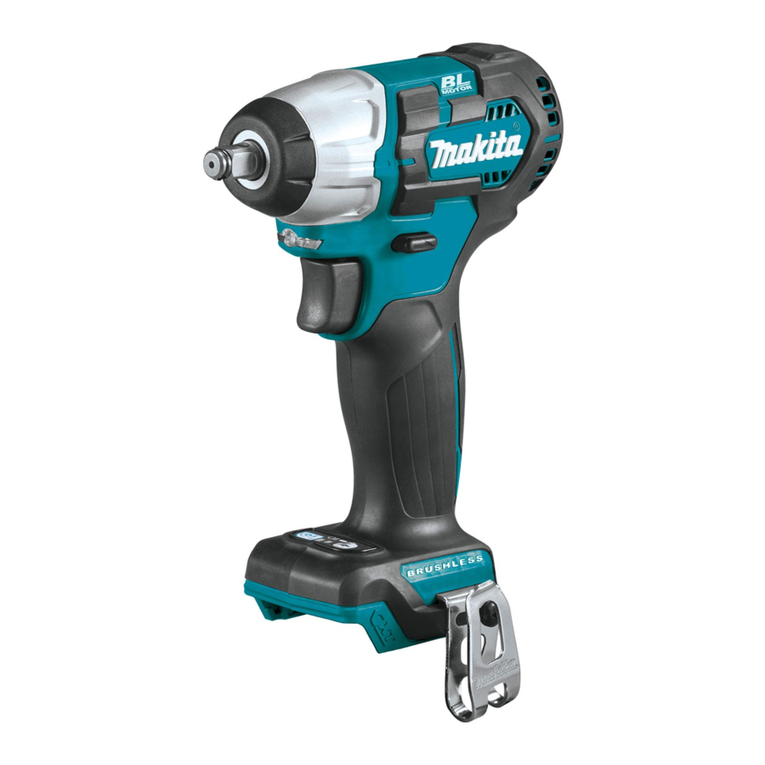
Makita
Makita TW161D User manual

Makita
Makita 4350T User manual
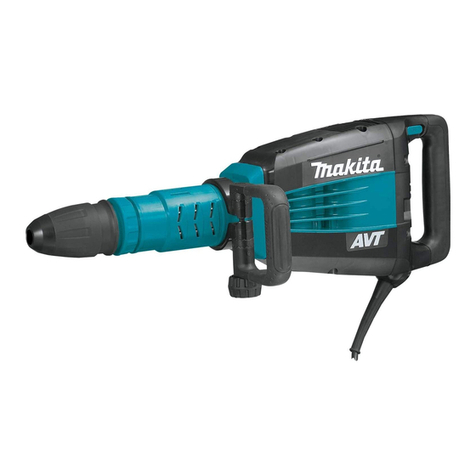
Makita
Makita HM1214C User manual
Popular Power Tools manuals by other brands

Senco
Senco DuraSpin ExTPro installation instructions

Ferm
Ferm JSM1020 Original instructions

Milwaukee
Milwaukee M12 FUEL 2559-20 Operator's manual

EINHELL
EINHELL BT-CD 12/2 operating instructions

Evolution
Evolution HDG200 instruction manual

National Flooring Equipment
National Flooring Equipment 7700 Service manual
